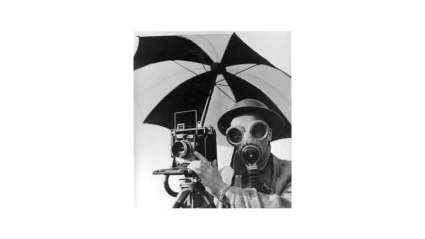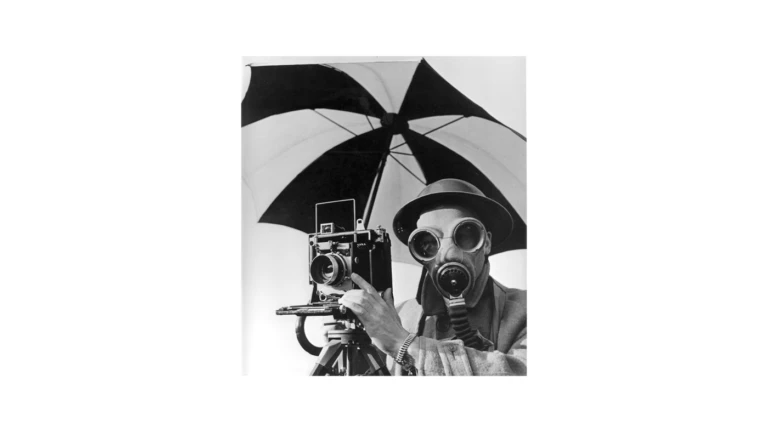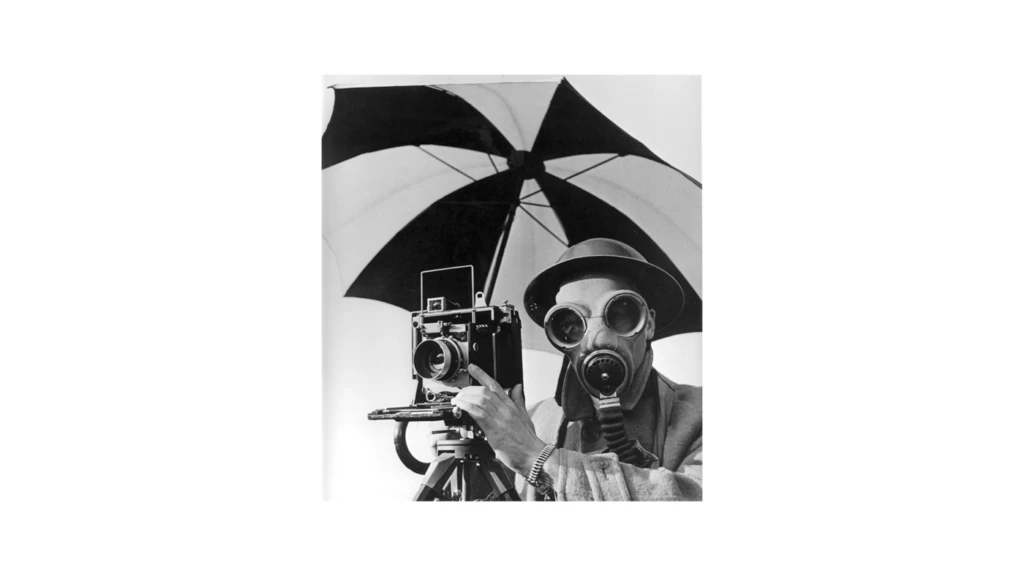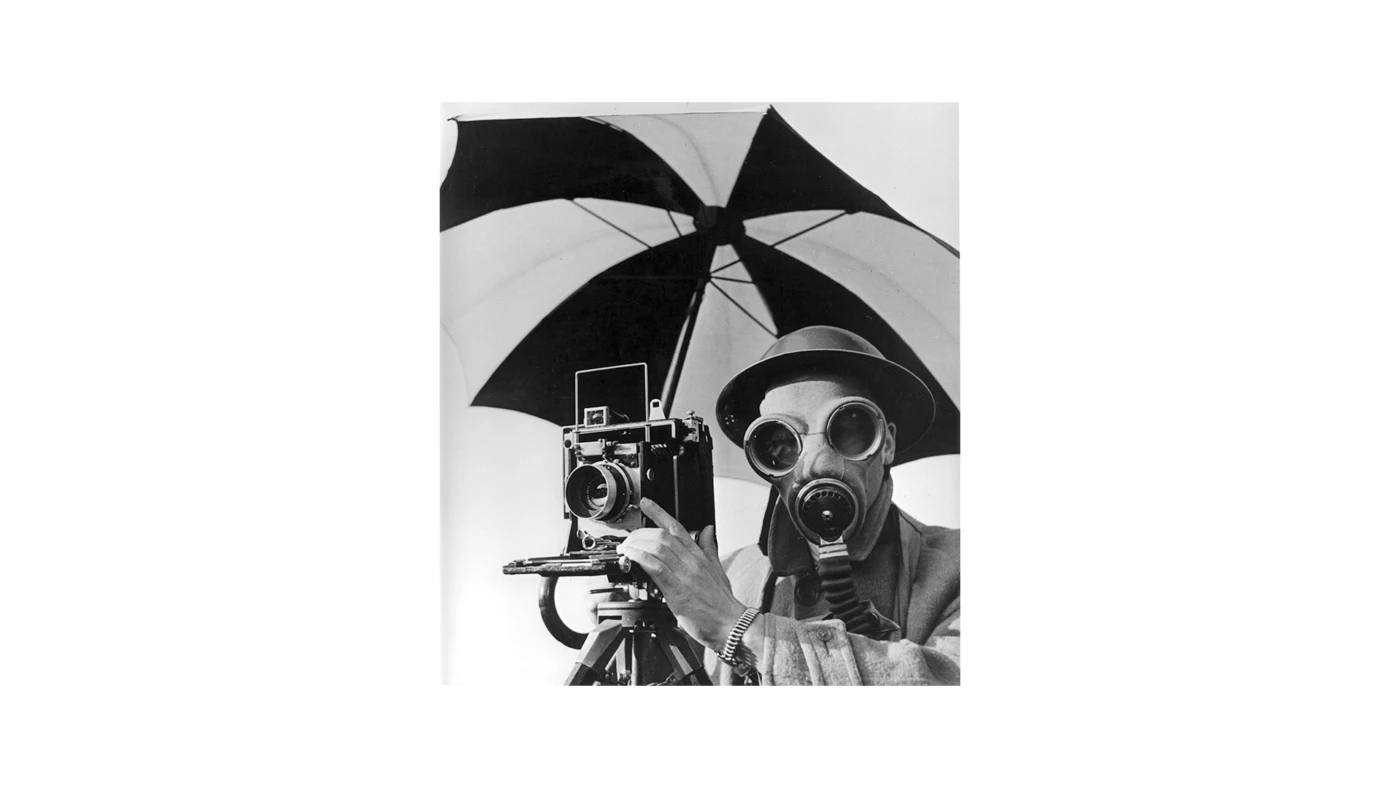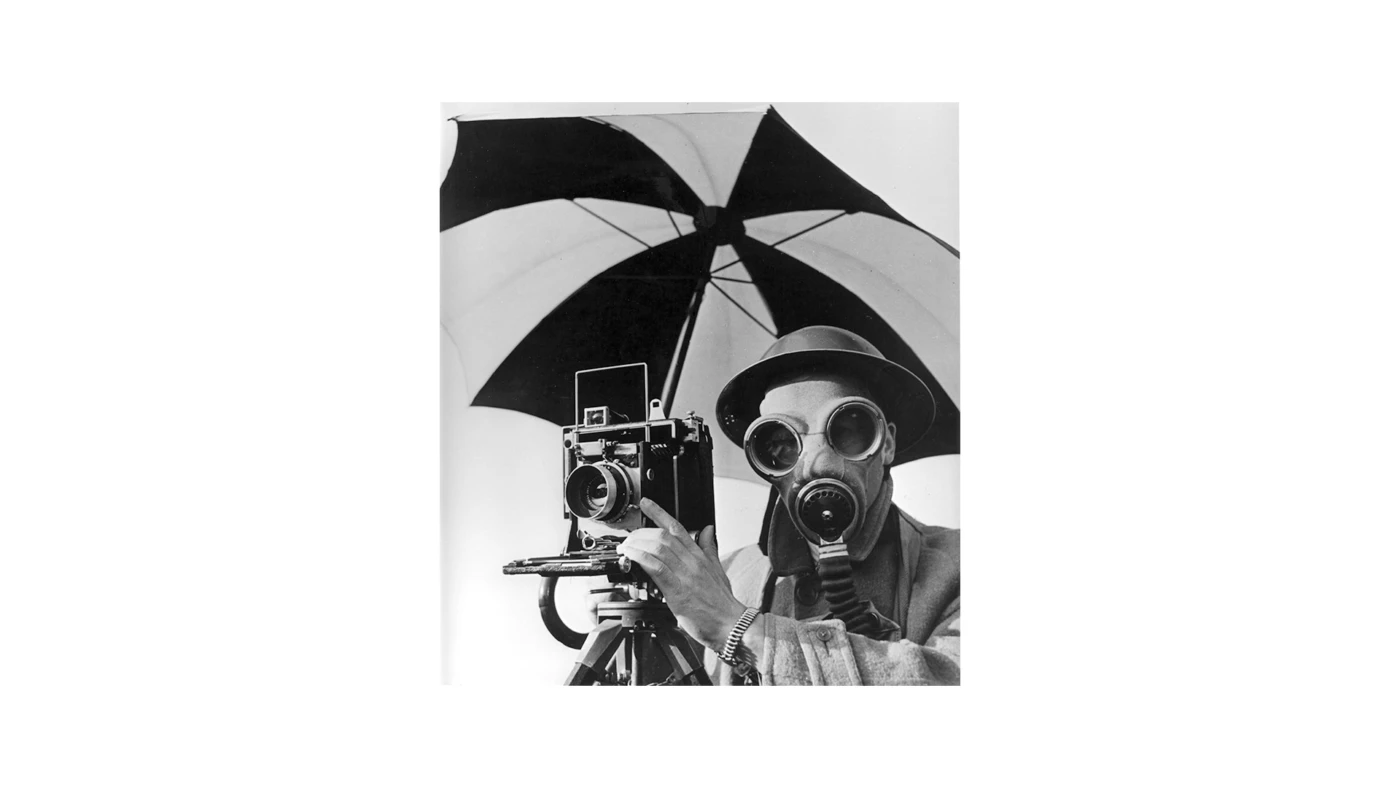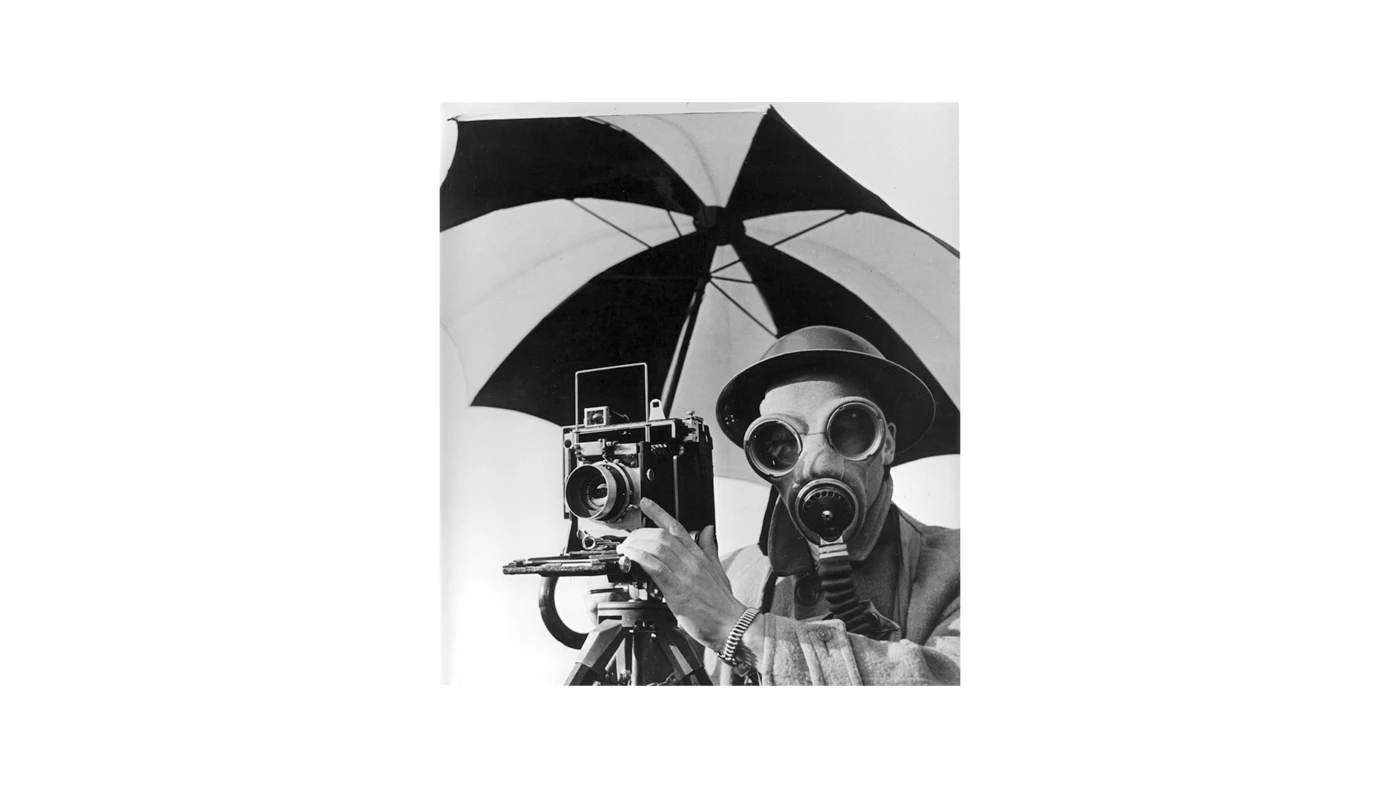Surrealist Lee Miller (in English)
Some people manage to live diverse and multifaceted lives over the course of their existence; Lee Miller (1907-1977), surrealist photographer, war correspondent, fashion model and gourmet chef was truly one of them.
Dunkers kulturhus proudly presents an exhibition of Lee Miller’s photographic perspectives including her close collaboration with the Surrealist movement alongside photographer Man Ray during the 1930s. Her profound contribution as an accredited war photographer and correspondent during World War II provides an interesting insight to Miller’s diversity and talent. With her camera, Miller documented the liberation of Paris and the German air raids over London during The Blitz as well as making a poignant photographic record of the liberation of the concentration camps at Buchenwald and Dachau. The exhibition displays 102 photographs as well as personal effects such as Miller’s cameras, typewriter, handwritten letters and more.
Elizabeth ”Lee” Miller was born in Poughkeepsie, New York in 1907. Miller’s father was an enthusiastic amateur photographer and gave his daughter an early introduction to the basics of photography with his Kodak Brownie. For the most part, Lee Miller lived a privileged family life together with her siblings and parents. Tragically, Miller’s childhood was traumatized when, at the age of seven, she was raped by an acquaintance of the family; marking a radical change in her outlook on the world.
Lee Miller started working as a surrealist photographer in Paris at the end of the 1920s in collaboration with Man Ray and the budding surrealist movement that began with the Surrealist manifesto written by André Breton in 1924. Through her affiliation with Man Ray, Miller socialised and worked with other important and influential artists of the time – Pablo Picasso, René Magritte, Juan Miro, Georges Braque and many more. Lee Miller was interested in alternative visual expressions, focusing on details and experimenting with methods such as solarisation.
At the beginning of the 1940s, Lee Miller moved to London to work as a photographer for British Vogue. She travelled around Europe with American troops and included written reports of her observations with her photographs. Her documentation of the war and its devastation separated her from the depictions of other wartime photographers. Unlike other photographers who avoided direct confrontation with the horrors of the concentration camps and recorded them from a distance, Lee Miller got as close as she possibly could. Her reportage of the liberation of the camps was immediate, direct and intentionally shocking.
After the war, Lee Miller moved to the countryside in Sussex with her husband Roland Penrose, a surrealist artist and art collector. She lived there until her death in 1977. That same year, her son Antony Penrose unexpectedly discovered a hidden treasure of photographs during an inventory of the attic in the house. Tucked away was an entire archive of over 60 000 photographs and negatives taken by Lee Miller. It is from this archive that the 102 photographs on display have been selected.
This exhibition has been produced in cooperation with Lee Miller’s son Antony Penrose, her granddaughter Ami Bouhassane, The Lee Miller Archives and Dunkers kulturhus.

